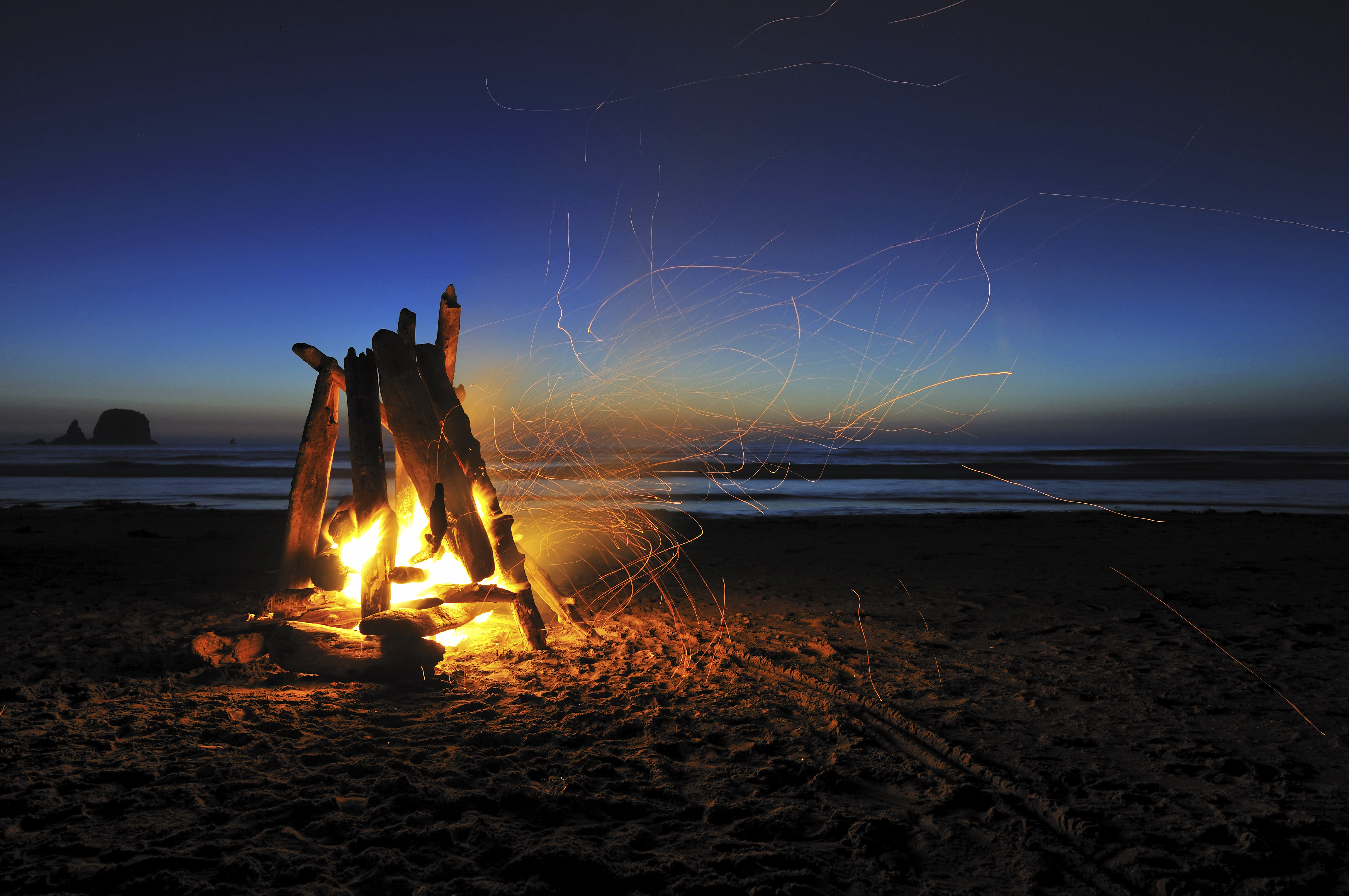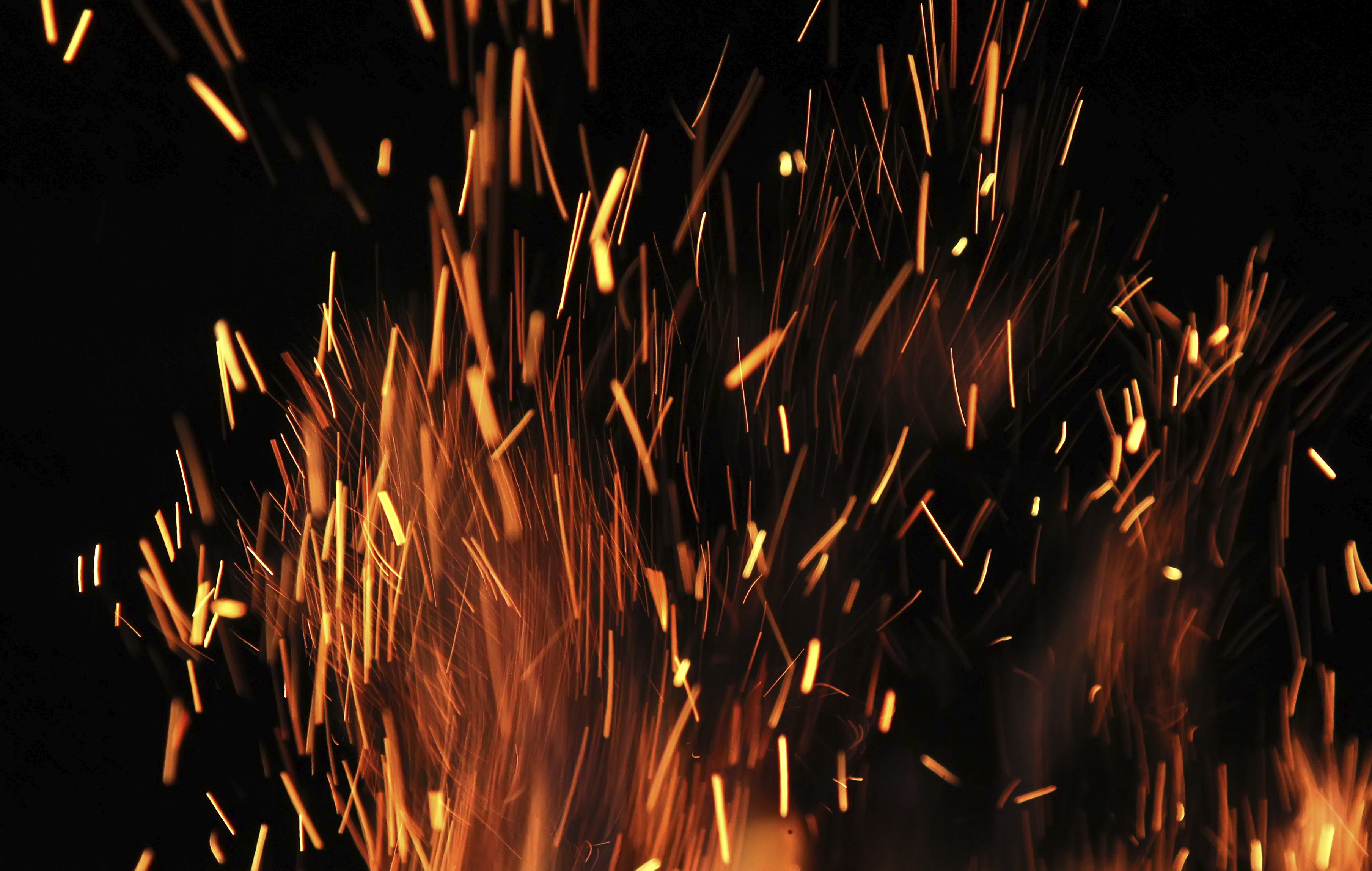“…and suddenly there appeared with the angel a great multitude of the heavenly host, praising God and saying: “Glory to God in the highest, and on earth peace to men on whom His favour rests!” When the angels had left them and gone into heaven, the shepherds said to one another, “Let us go to Bethlehem and see this thing that has happened, which the Lord has made known to us…”
Book of Luke, Chapter 2, Verses 13 – 15, Bible
Peace on earth. It’s a lovely idea and something that often appears on Christmas cards. But it seems a very distant dream given the times we live in. Times of escalating war, genocide and aggression. In fact, given how much war there is it seems like peace on earth is never going to happen. Nevertheless, I won’t write a post outlining the violence in the world today – we have the news for that – but I do want to write about how I think we can take a step closer to peace on earth, no matter how distant a destination it may be. And it starts with recognising where peace begins.
Peace on earth sounds like a very broad, ambitious and vague goal. The earth is huge, peace is a big deal and it’s not entirely clear how to acheive it (obviously the Bible, which I quote above, goes into a lot more detail on this). Perhaps I could focus on something smaller than earth, say, home. Peace at home sounds great. But homes can be very fractious and violent places, and many folks are rejected from their homes. And these things can really come to a head at Christmas when people who often spend time apart come together, with mixed consequences. So maybe I need to narrow my focus once again. But what is closer than home?
Ourself. The one thing we are all closest to (both literally and spiritually) is ourself. And given the quirks of evolution most of us have consciousness, self-consciousness, memory and language. We can take action and we can reflect on those actions. We can reflect on our self, meaning we can be in relationship with our self. As a caveat, this might sound simple, but for many of us it’s not and a range of psychological/physical health conditions can affect this. But for those of us able to maintain a stable enough relationship with ourself, the question then becomes, what sort of relationship? One full of judgement, self-loathing and shame, or one full of support, love and compassion? Over the years I have opted for the latter and it has been a long journey – learning how to challenge the abusive voice in my head and turn it into a kind and empowering voice (some of which I have documented on this blog). Just as the shepherds undertook an epic journey across the hills and valleys to meet the baby Jesus, so we can undertake epic quests of the heart.
 Over time, I have turned my inner landscape into a more peaceful one. But this isn’t an individualistic effort a la the way capitalism loves to individualise repsonsibility – e.g. if we all do our recycling everything will be fine and let’s not challenge corporate greed etc. This isn’t just about peace for me (but sign me up), it’s still about peace on earth. This requires a collective effort. And while I don’t ever like to be too prescriptive, I do believe that if more of us committed to this inner journey of healing and love, then more of us could form larger collectives of people committed to healing and love. Surely that would take us a little bit closer to peace on earth. And even if we never make it, won’t the journey be truly wonderful.
Over time, I have turned my inner landscape into a more peaceful one. But this isn’t an individualistic effort a la the way capitalism loves to individualise repsonsibility – e.g. if we all do our recycling everything will be fine and let’s not challenge corporate greed etc. This isn’t just about peace for me (but sign me up), it’s still about peace on earth. This requires a collective effort. And while I don’t ever like to be too prescriptive, I do believe that if more of us committed to this inner journey of healing and love, then more of us could form larger collectives of people committed to healing and love. Surely that would take us a little bit closer to peace on earth. And even if we never make it, won’t the journey be truly wonderful.
p.s. I haven’t analysed the biblical quote but I would humbly suggest the angels could do with a broader definition of peace – not just for men but women and folks of all genders – and not just for those on whom God’s favour rests – but on everyone. After all, many believers say God is love, and if that is true then surely that love is universal and boundless.




